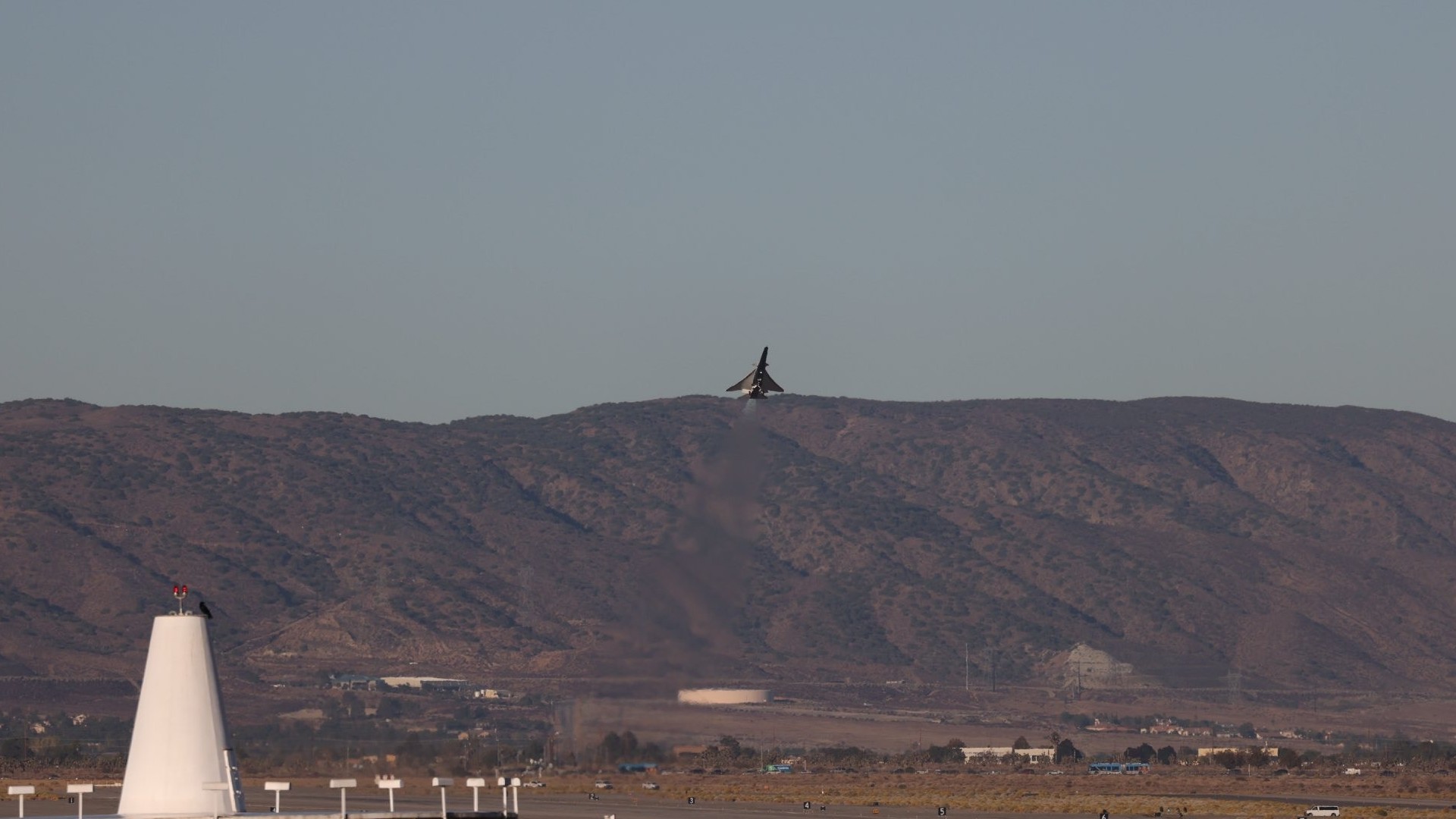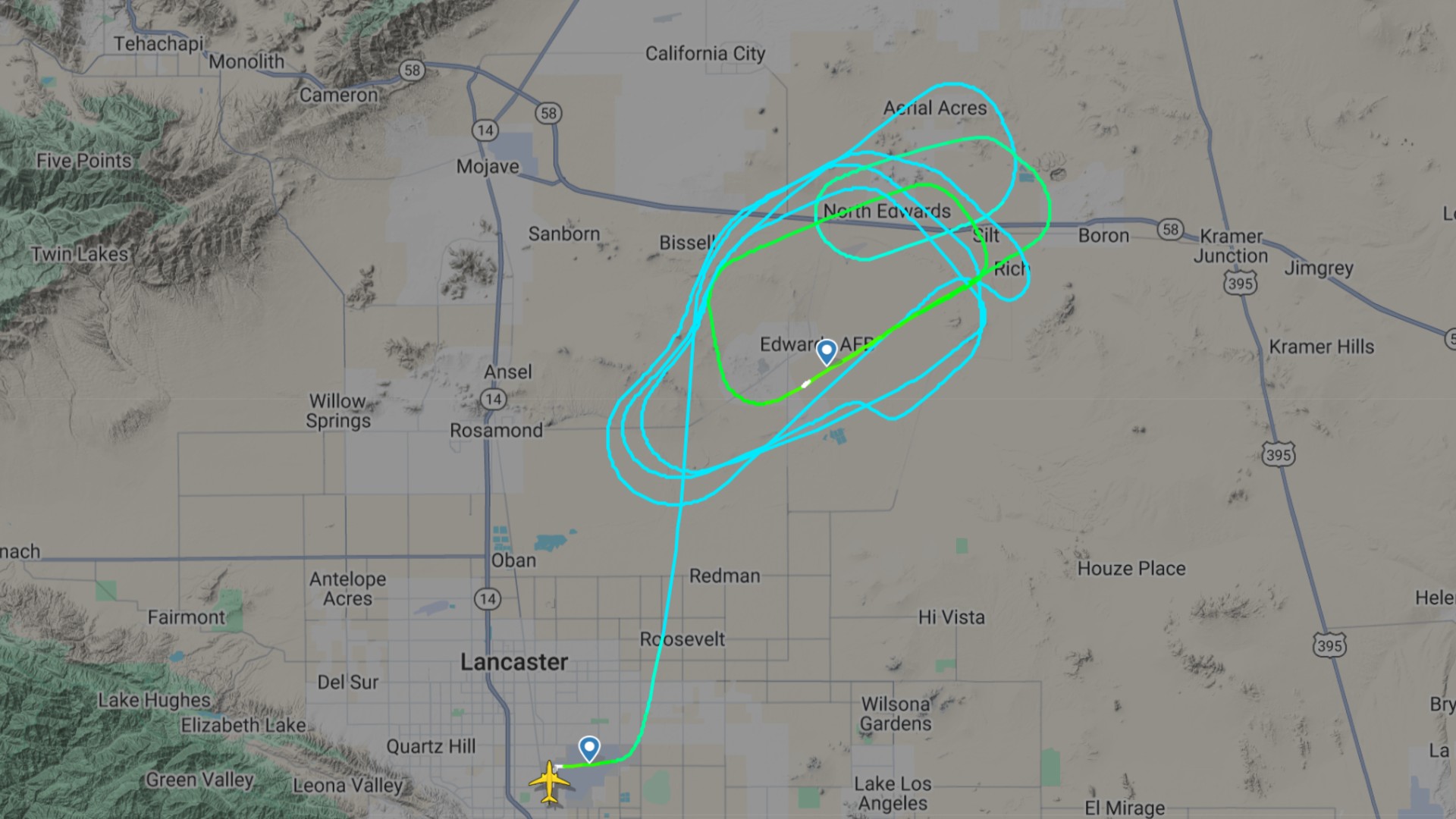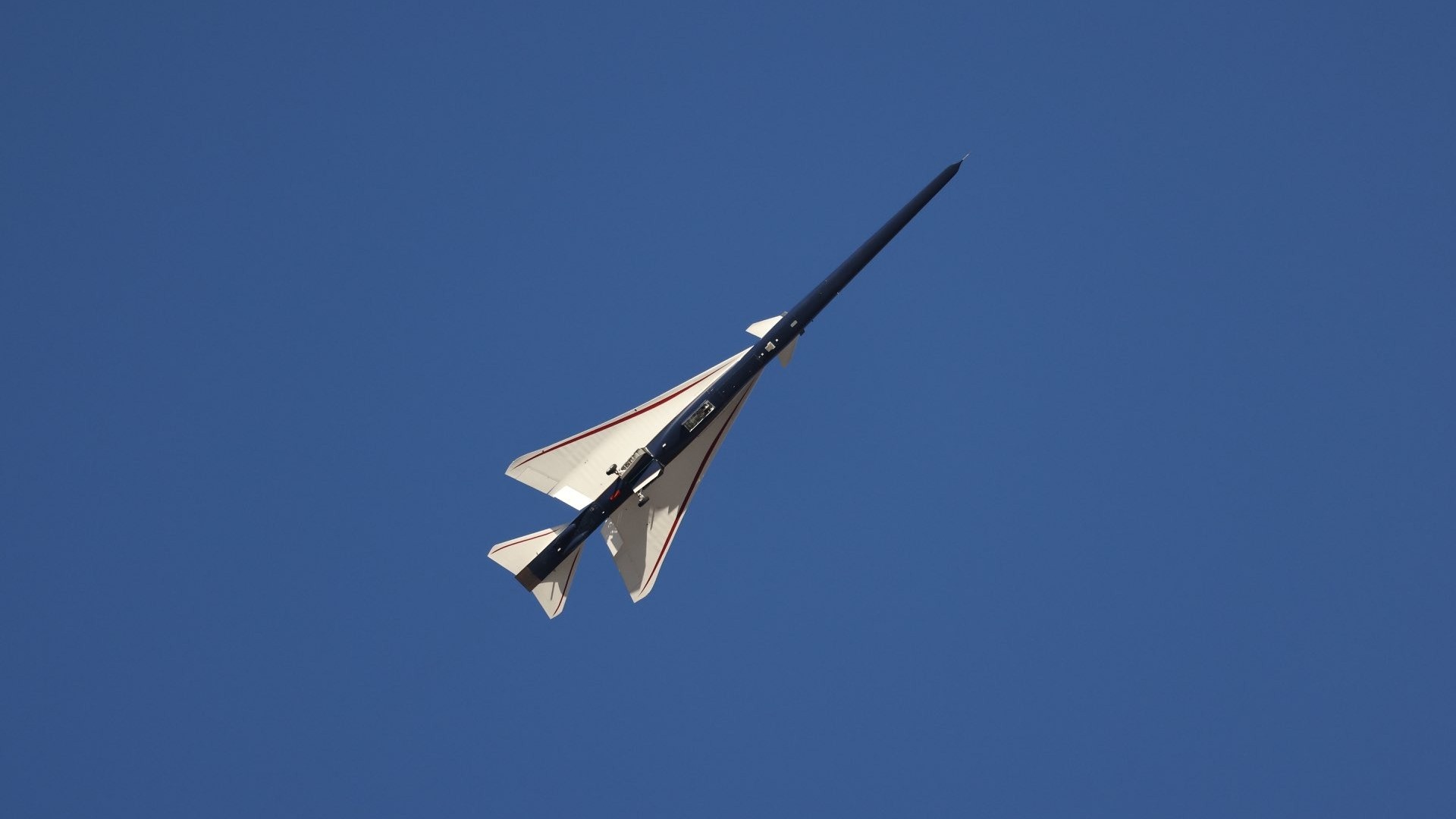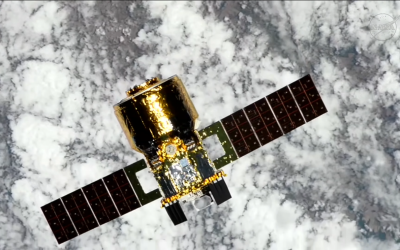NASA’s groundbreaking X-59 experimental aircraft has successfully completed its highly anticipated inaugural flight.
NASA’s groundbreaking X-59 is an experimental jet specifically engineered to redefine supersonic flight. This innovative aircraft is designed to breach the sound barrier without generating the characteristic thunderous sonic booms traditionally associated with such speeds.
The experimental X-59 aircraft successfully departed Palmdale Regional Airport in California today, October 28. According to flight tracking service Flightradar24, the innovative jet lifted off at 10:13 a.m. EDT (1413 GMT). Its departure followed a taxi from the neighboring U.S. Air Force (USAF) Plant 42 facility, which shares its runway with the regional airport.

NASA did not issue a public announcement concerning the flight. Following the mission, the agency has also refrained from releasing any official statement, a lack of communication widely presumed to be a direct consequence of the ongoing U.S. government shutdown.
The distinctively elongated X-59 experimental aircraft recently made its ascent into the skies, with its takeoff from Palmdale swiftly captured and disseminated across social media by keen aircraft spotters and photographers. These compelling visuals showed the X-59 embarking on its northward trajectory. Among the most notable captures were those by photographer Jarod Hamilton, who skillfully documented the aircraft’s impressive, steep climb directly from the ground into the vast expanse above the Mojave Desert.
Analysis of the X-59’s flight path indicates the experimental aircraft executed a series of elongated, oval patterns – resembling a racetrack – over Edwards Air Force Base for over an hour before safely landing at the U.S. Air Force facility.

Following its inaugural flight, NASA’s X-59 aircraft is now slated for its permanent home at the Armstrong Flight Research Center. From this base, it will embark on a comprehensive and critical testing campaign. This rigorous phase includes flying the experimental jet over an extensive array of microphones strategically positioned across the desert landscape. Additionally, the X-59 will carefully trail other aircraft equipped with specialized air sensors, a method designed to directly capture and analyze the characteristics of its shockwaves.
Developed by NASA and constructed by Lockheed Martin at its renowned Skunk Works facility in Palmdale, the X-59 aircraft is engineered with a singular objective: to achieve supersonic flight without generating the loud, disruptive sonic booms that typically accompany breaking the sound barrier. These powerful shockwaves have, since 1973, been the reason for a federal prohibition on overland supersonic flight within a certain distance of U.S. territory.
However, NASA aims to revolutionize air travel through its X-59 experimental aircraft. The core objective is to demonstrate “quiet” supersonic flight, a breakthrough that could lead to the lifting of long-standing prohibitions against exceeding the speed of sound over populated areas of the United States.
Success would effectively pave the way for commercial supersonic travel, but the benefits extend beyond passenger flights. The unparalleled speed of supersonic transport also holds immense promise for critical applications such as disaster relief, rapid medical deployment, and a host of other industries where time is of the essence.







